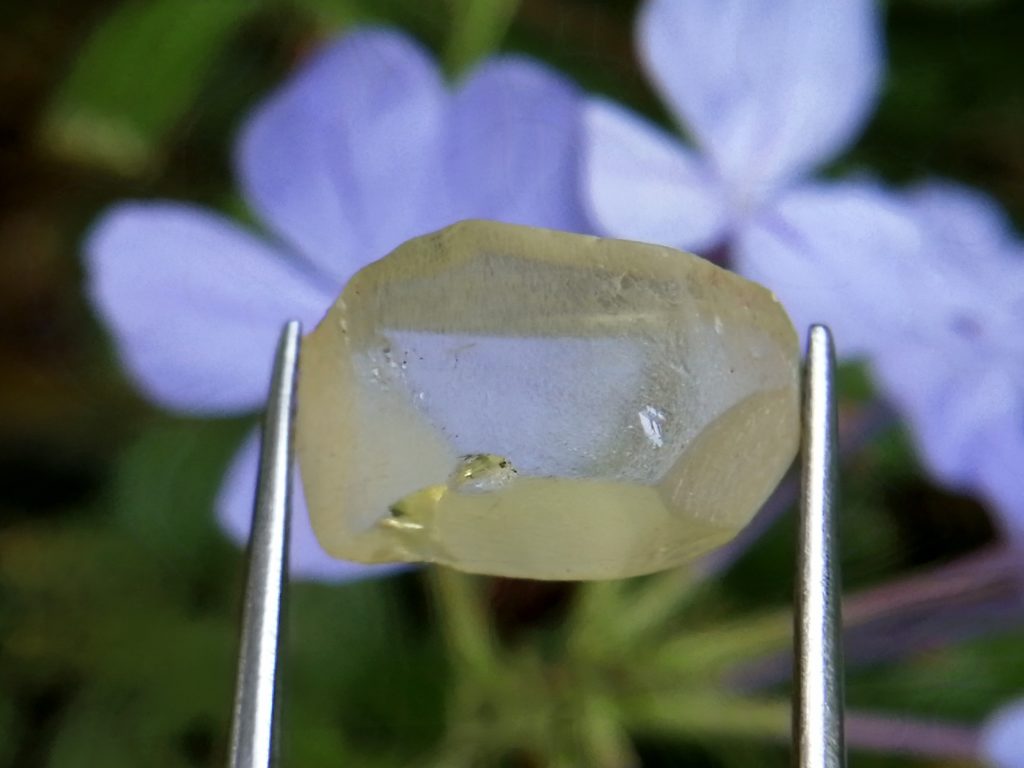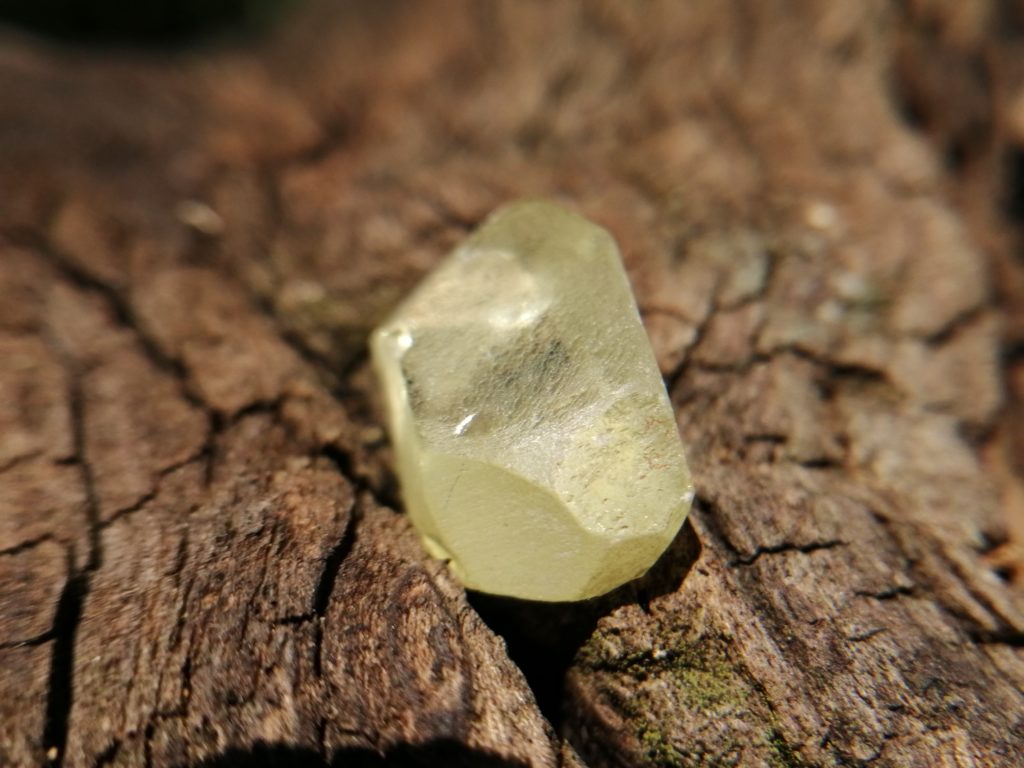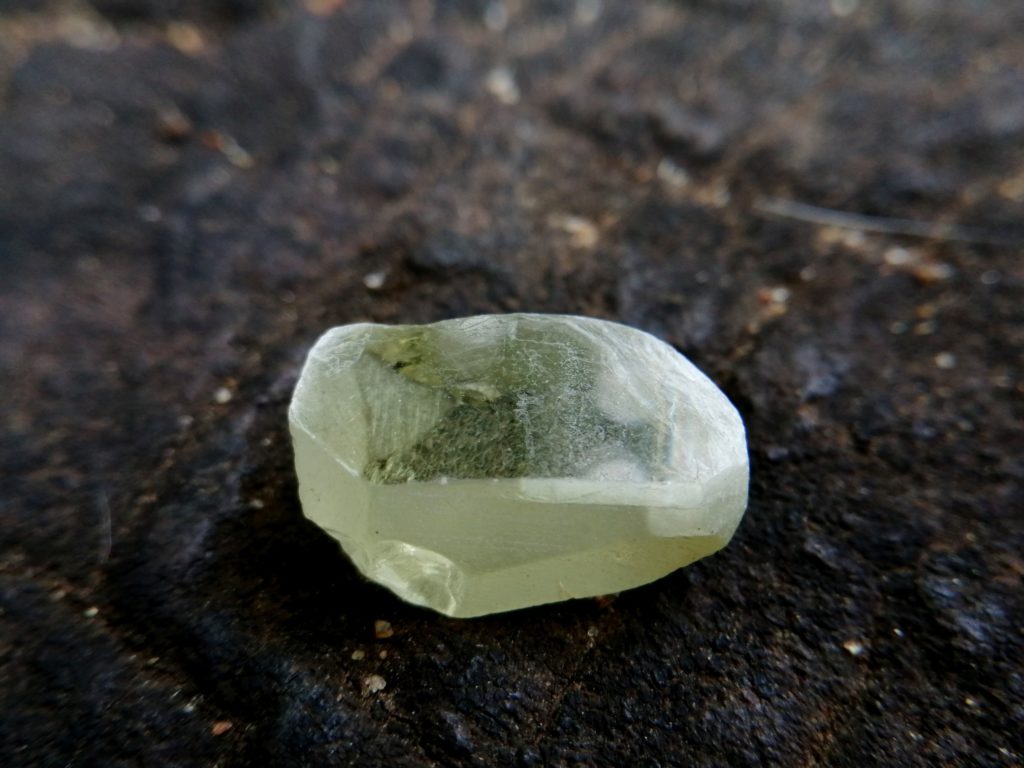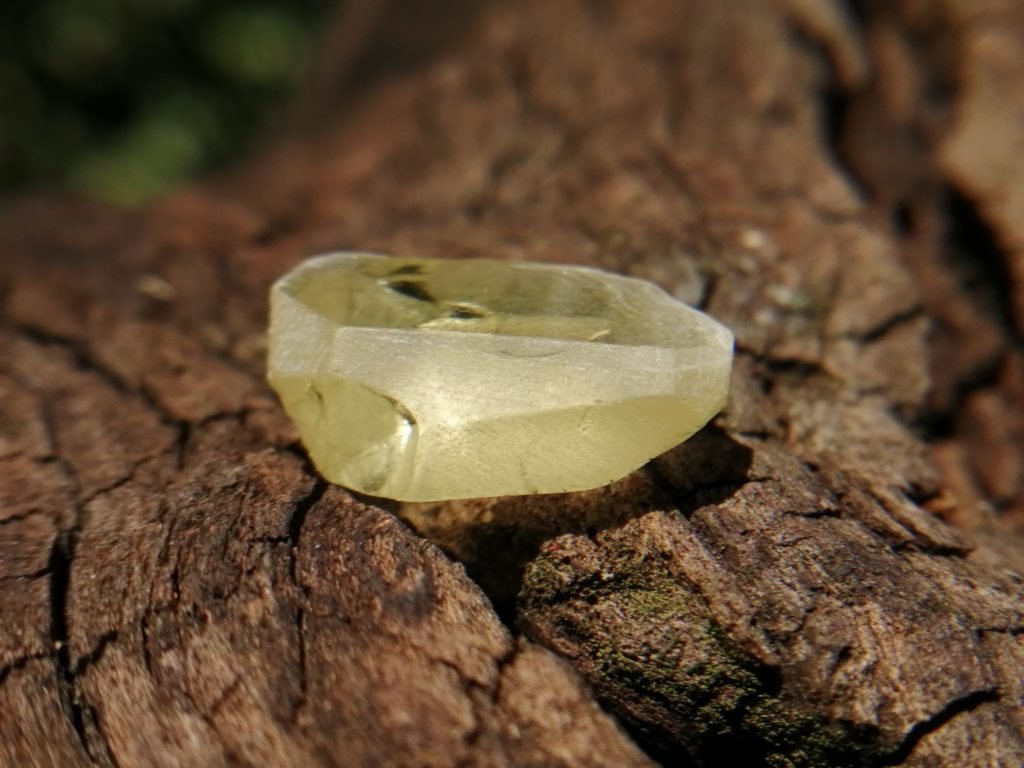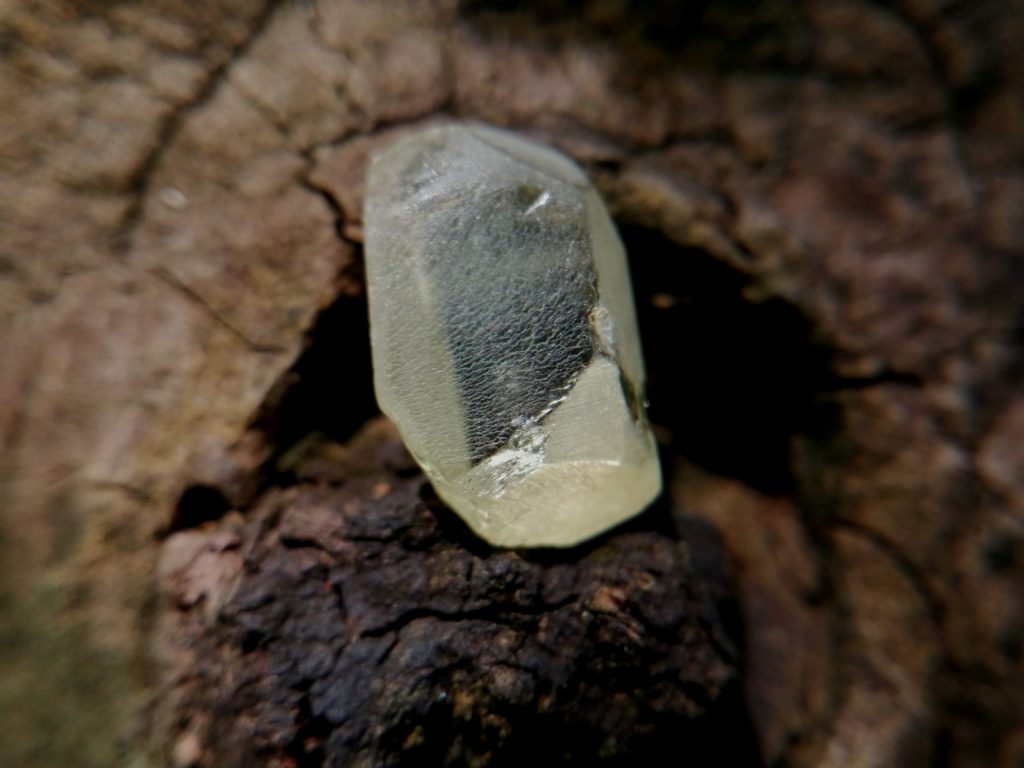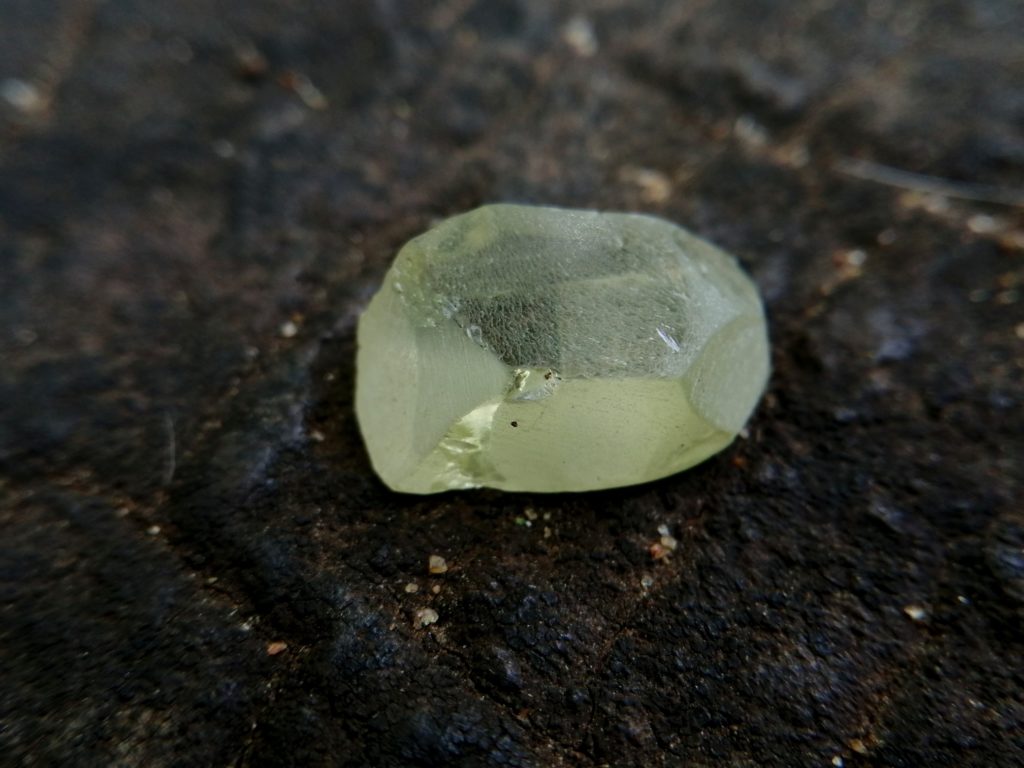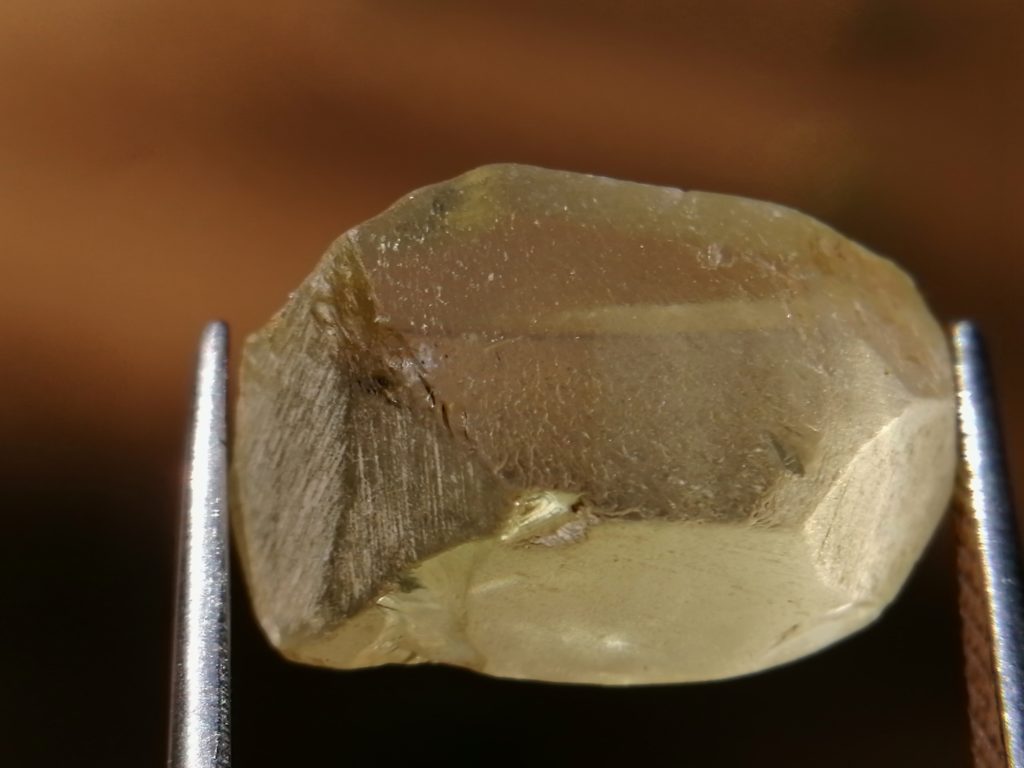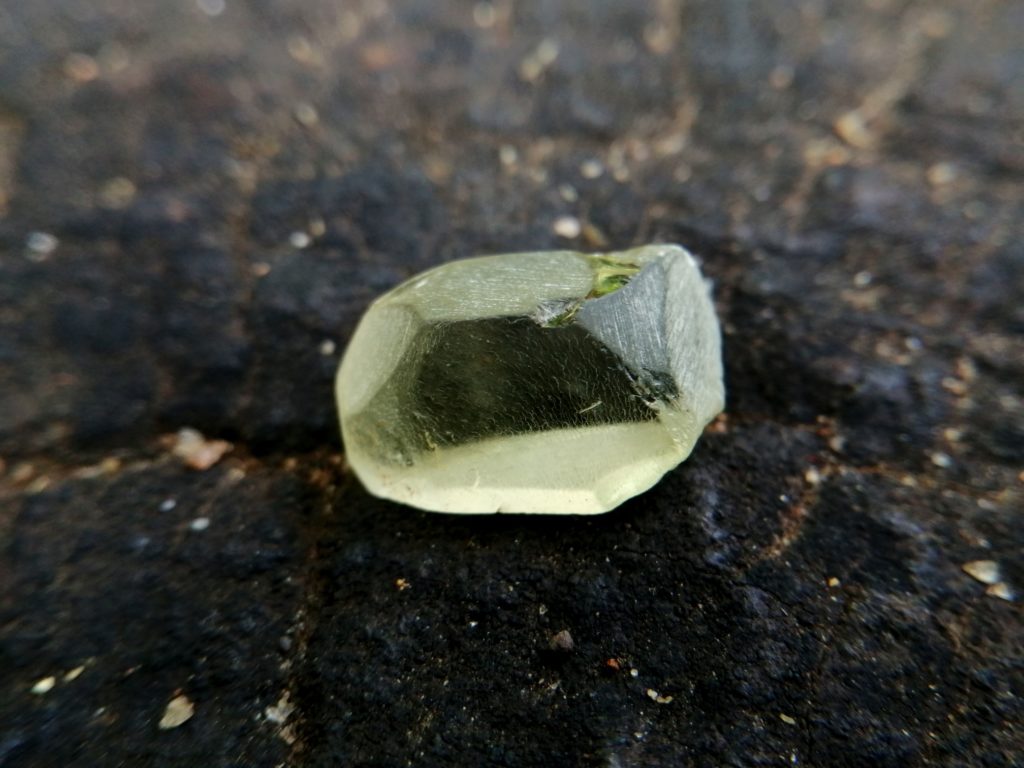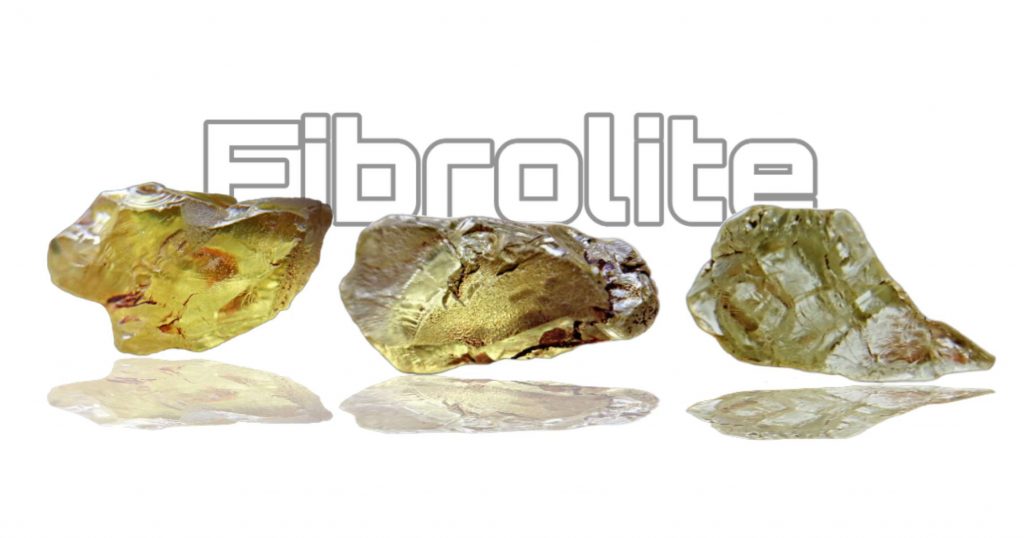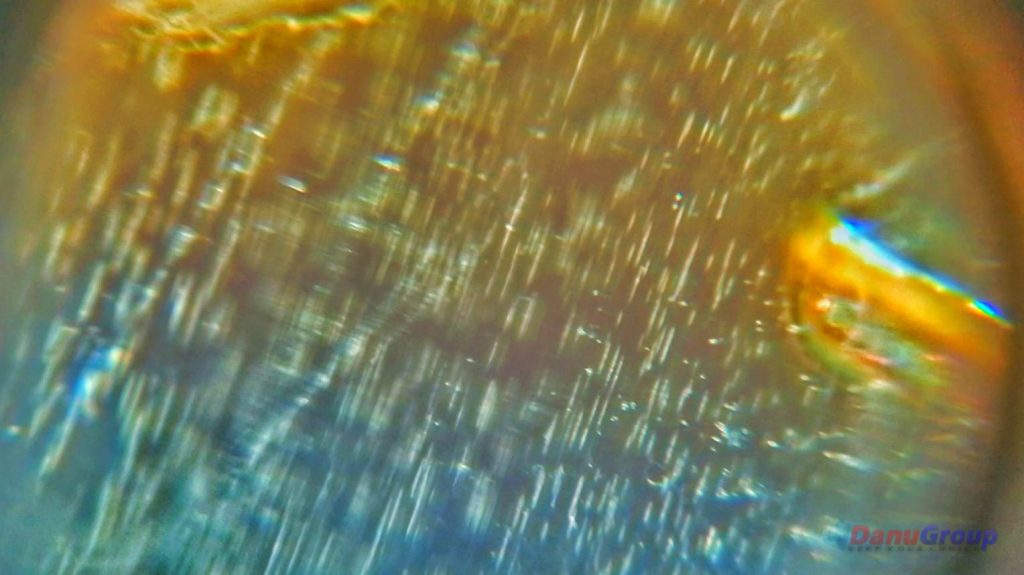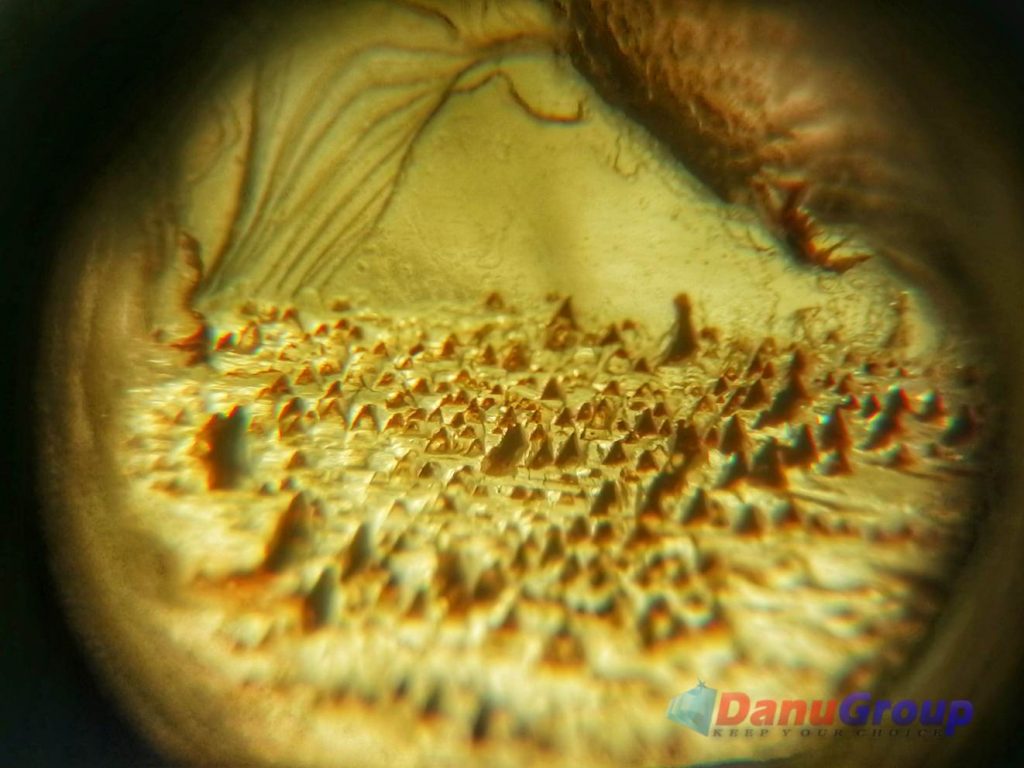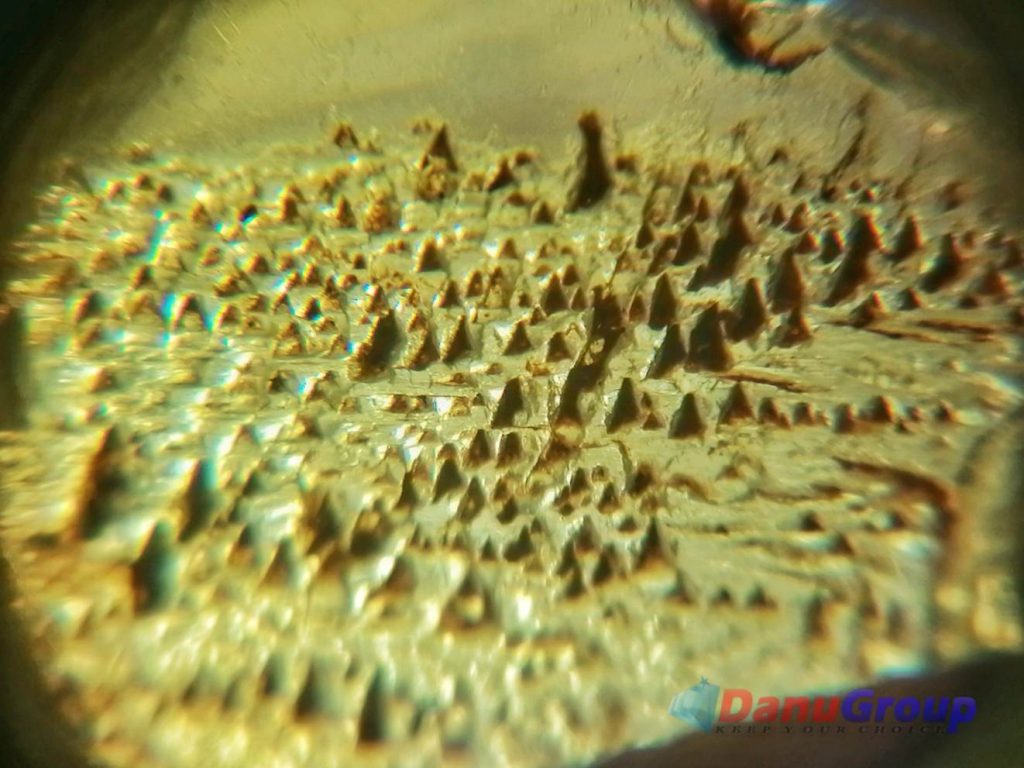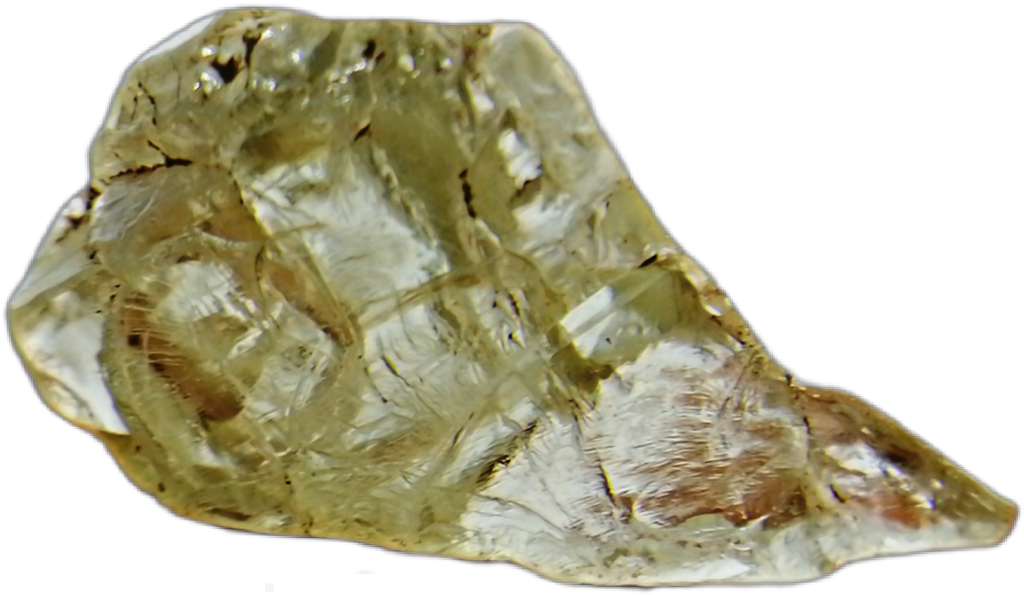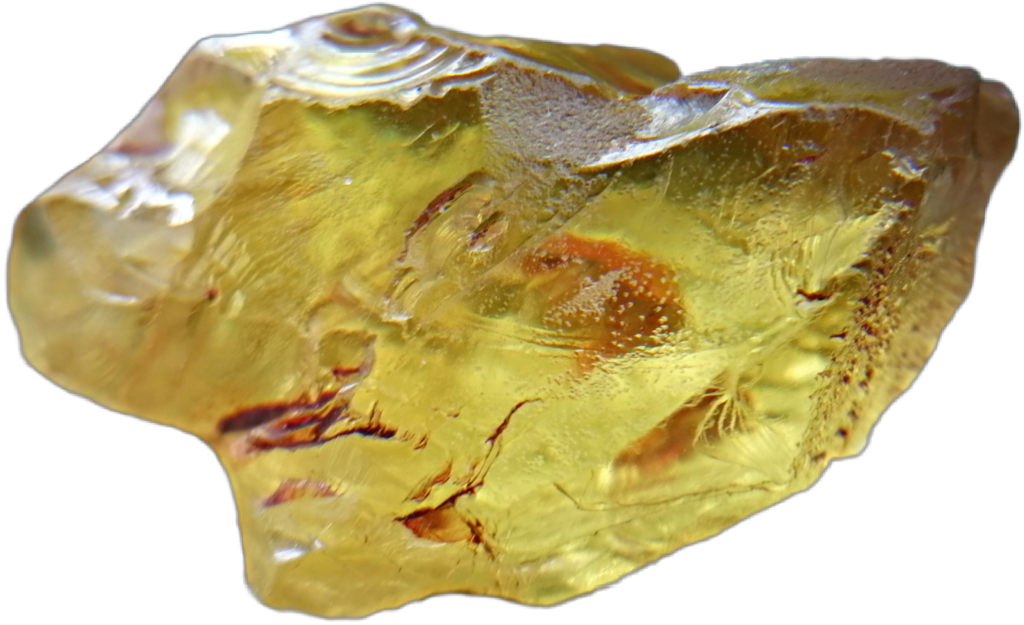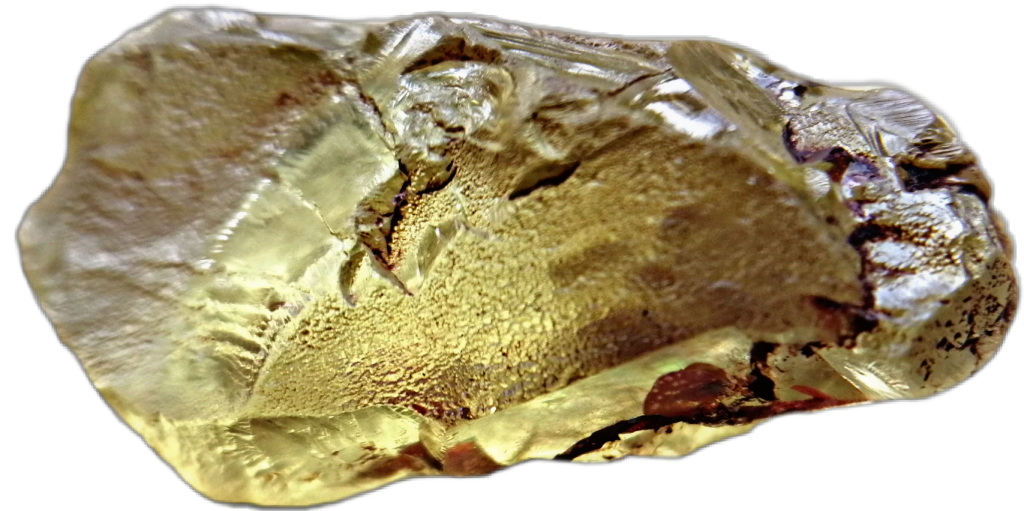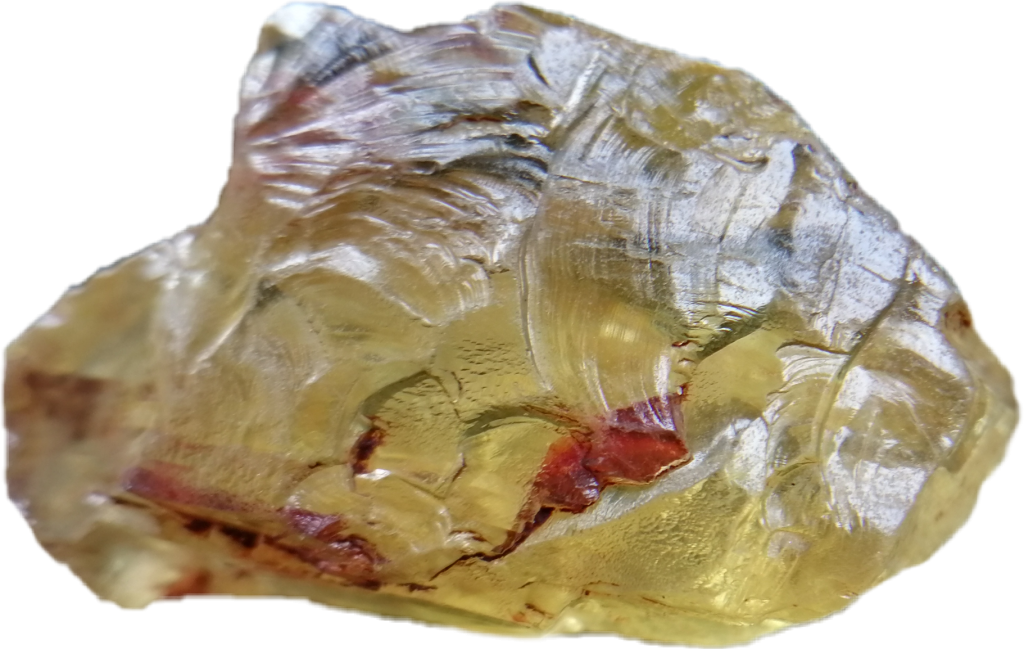Fibrolite is a very interesting gemstone among gemstone families. Specially, Some gem cutters hate to cut. If You cut a Fibrolite, You must be a expert gem cutter. It can be seen cleavages perfect. Because of it’s structure It can be broken easily while cutting process and should be carefully in cutting process. But, You can use cabochon cut if it’s hard to use other faceting methods.
Descriptions
Colour: Greenish Yellow
Type: Rough
Weight: 7.60 Cts
Dimension: 15.7 × 9.8 × 5.3 mm
Treatment: Unheated
Variety: Natural Yellow Fibrolite
Species: Natural Fibrolite
Origin: Sri Lanka 🇱🇰

Fibrolite – Danu Group 
Fibrolite – Danu Group 
Fibrolite – Danu Group 
Fibrolite – Danu Group 
Fibrolite – Danu Group 
Fibrolite – Danu Group 
Fibrolite – Danu Group 
Fibrolite – Danu Group 
Fibrolite – Danu Group
Fibrolite is an aluminosilicate mineral with the chemical formula Al2SiO5. Fibrolite is fibrous form the gemstone variety of sillimanite. Although fibrolite has priority over sillimanite, the two species were not ultimately recognized as the same species until about 1854 by James Dwight Dana.
Named in 1802 by Jacques Louis Comte de Bournon because of its fibrous habit. It is an Orthorhombic crystal system mineral with 7 hardness according to the Mohs hardness scale.

Fibrouse View of Fibrolite
Mostly, It is found in colors such as colorless or white to grey, also brown, yellow, yellow-green, grey-green, blue-green and blue: colorless in thin section. Sometimes It has Sub Adamantine Luster. This Bi-Axial Mineral pleochroism is mostly Colourless to pale brown to yellow.
Natural sillimanite/fibrolite rocks cut into the required shape and size are used mainly in glass industries. Sillimanite is the best raw material for the manufacture of high alumina refractories or 55-60% alumina bricks.

Fibrolite Body Itch marks 
Fibrolite Body Itch marks
It can be found in mainly Sri Lanka and Burma also, Japan, India, France, USA, Portugal, Poland, Spain.
• Refractive index: nα = 1.653 – 1.661
nβ = 1.654 – 1.670
nγ = 1.669 – 1.684
• Birefringence δ = 0.020 – 0.022
• Pleochroism: Colourless to pale brown to yellow
• Cleavage: perfect
• Fracture: Splintery
• Tenacity: Tough
• Mohs scale hardness: 7
• Luster: Vitreous to subadamantine, silky
• Streak: White
• Diaphaneity: Transparent to translucent
• Specific gravity: 3.24
• Optical properties: Biaxial (+)
• Crystal habit: Prismatic crystals, fibrous, acicular



